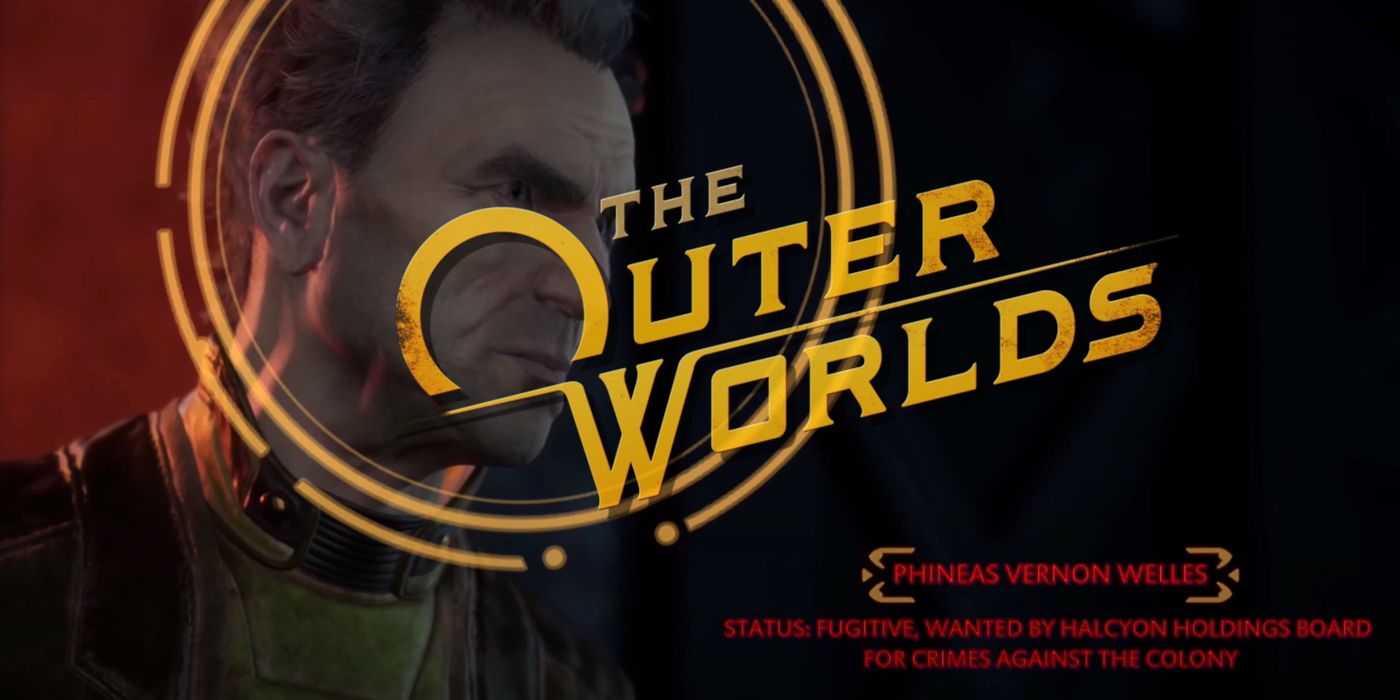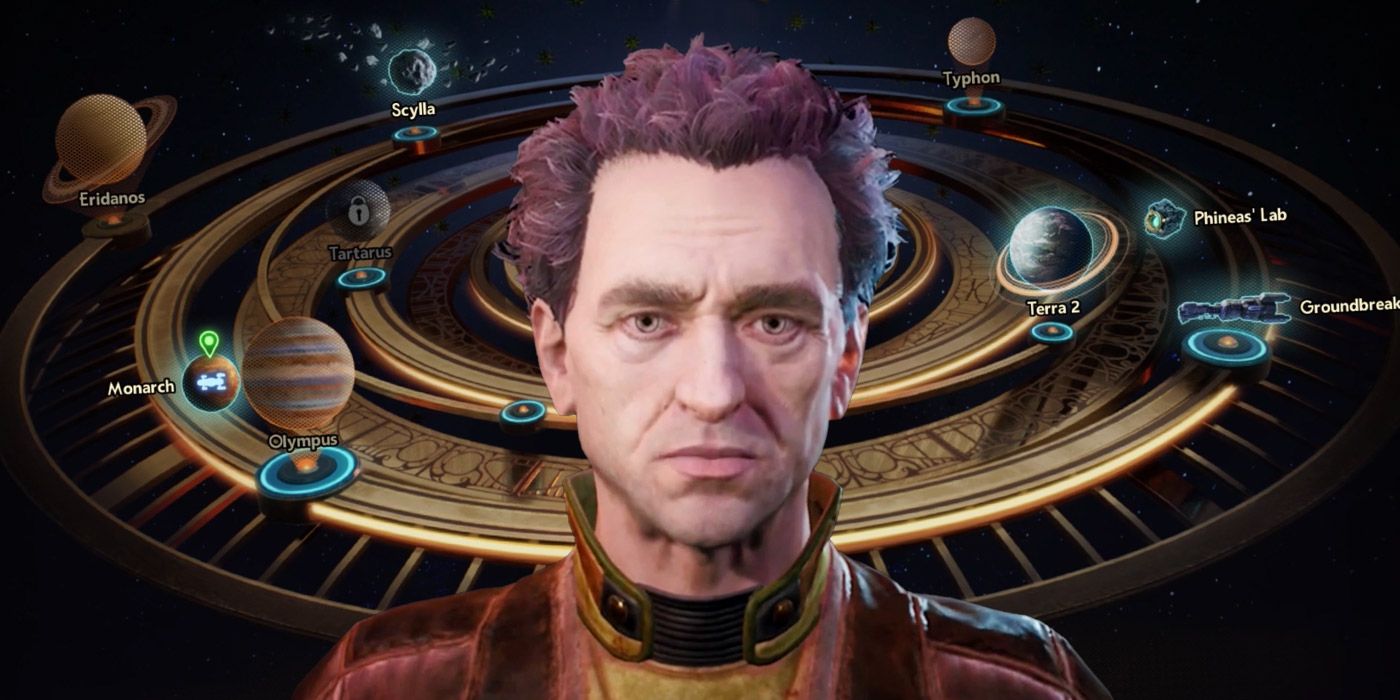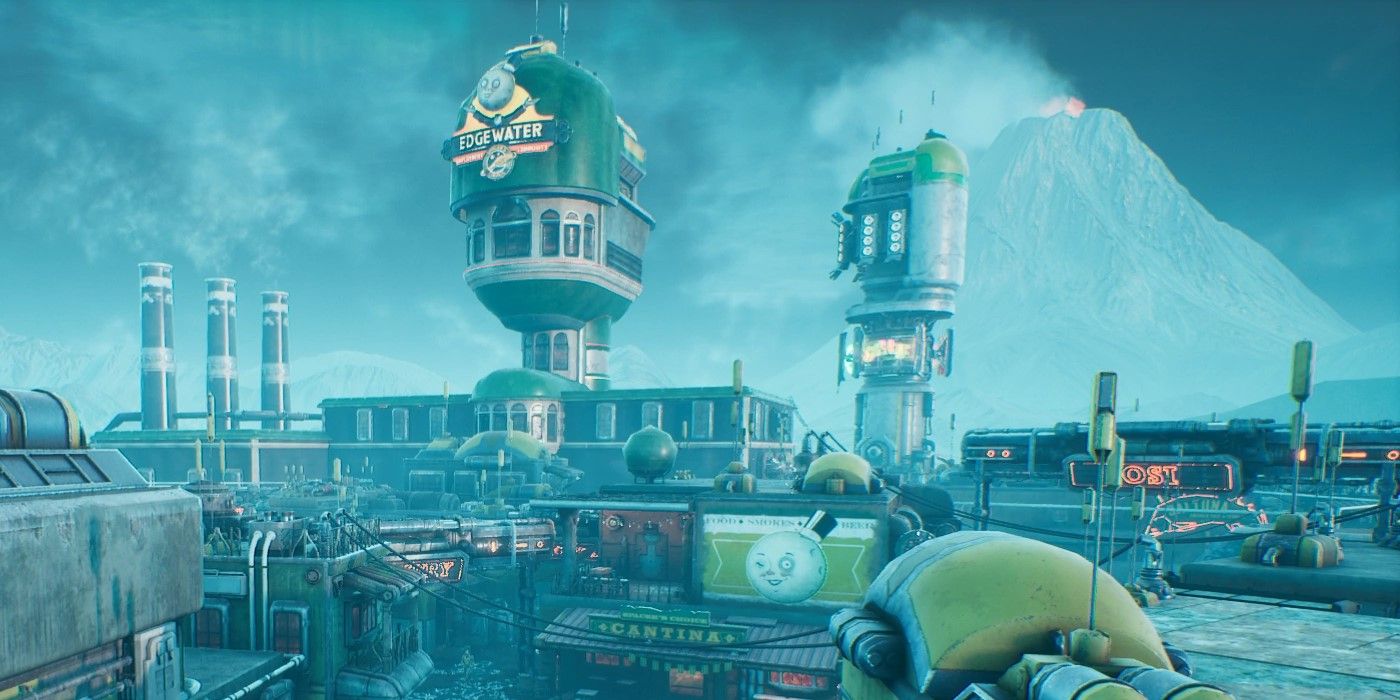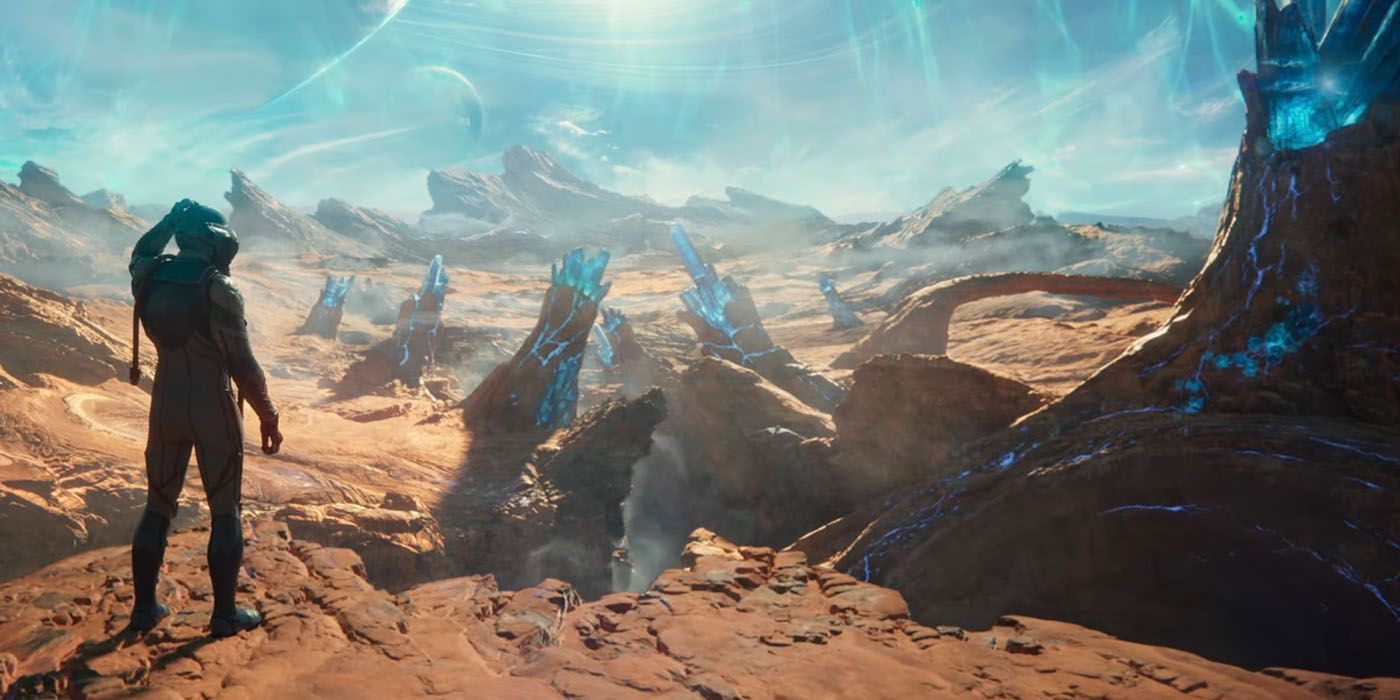
The Outer Worlds 2 was announced at E3 2021 with a trailer that showcased its satirical edge and had fans of the first game excited to explore an entirely new star system. The sequel isn't a surprise to many, as the first game was well-received, giving fans a new first-person RPG setting to explore in a market saturated with long-running IPs.
However, if the game is going to truly succeed The Outer Worlds, it needs to avoid a major problem with the first game's storytelling. Here's a breakdown of The Outer Worlds' biggest problem, how it undermines the game's main moral choices, and what The Outer Worlds 2 could do to avoid making the same mistake.
RELATED: The Outer Worlds 2's New Solar System is Perfect for One Common Sci-Fi Element

Before even beginning The Outer Worlds, most players had a certain set of expectations about the story. The game was directed by Fallout creators Leonard Boyarsky and Tim Cain, and between its satirical tone, sci-fi setting, and development by the studio behind Fallout: New Vegas, fans quickly assumed Obsidian was attempting to line up a spiritual successor to the Fallout franchise. This left most without doubt that the corporate entities shown in the trailers would be far more sinister than their cheery mascots let on, with Spacer's Choice mascot Moon Man taking the place of Vault-Tec mascot Vault Boy.
In the opening cutscene of The Outer Worlds, the game's moral divide is put before the player in simple terms. As Phineas Welles enters the Hope he sums up Halcyon's situation succinctly: "Hundreds of thousands of colonists. Left to drift out here forever, just to keep from damaging the Board's bottom line. Disgraceful." However, the possibility for this simple summary to become more complicated is hinted at. Phineas' entrance also sees him identified as a "fugitive, wanted to by Halcyon Holdings Board for Crime Against the Colony." What exactly those crimes may be is left unclear, making Phineas a morally ambiguous character - at first.
The problem is that The Outer Worlds never fulfills its early promises of moral complication. When the player is brought out of their cryogenic sleep, Phineas explains to them he needs their help to revive the Hope's colonists. The opening suggests that the Board simply doesn't want to risk its bottom line, which turns out to be true. Phineas' motivations are as entirely altruistic as he first paints them, and the Board is exclusively motivated by greed. Within the first five minutes of the game, the player gets a broad strokes picture of the Halcyon Colony, which remains practically unchanged throughout the entire plot.

In contrast, some of the game's smaller questlines show how moral complications and twists can be explored in a way that the overarching plot never does. On the game's very first planet players visit the town of Edgewater. It turns out workers are abandoning Edgewater to go and live with deserters under a woman named Adelaide McDevitt. The town's administrator, Reed Tobson, wants them back.
The player needs a power regulator, which they can get by cutting off power to either Edgewater or the separatist lab. Initially, Edgewater seems morally black and white - Halcyon's corporations and Reed are the bad guys, the deserters are the good guys. It turns out, however, that Adelaide's settlement is only able to support itself using fertilizer made from human corpses. Not only that, but companion Parvati will suggest that Adelaide wants to see Edgewater's inhabitants suffer.
Although it has some big reveals, the twist in this quest doesn't totally redefine the story's moral landscape, it just complicates it. Spacer's Choice is still a massive, authoritarian corporation, and Adelaide's people are clearly the underdogs. Nevertheless, elements are introduced that might sway a player trying to do the right thing in a different direction than they had initially intended.
Players have a moral choice in the main quest, but it isn't complicated at all. They can choose to side with Phineas Welles and be good, or they can choose to side with the Board and be evil. While RPGs should allow the player the option to be evil, really great RPG stories don't just give players a binary option; rather a variety of reasons to believe that different sides can be considered the "good" side in a certain conflict.
RELATED: Is The Outer Worlds 2 Coming to PS4/PS5?

Moral complication doesn't have to be done in a way that undermines the fundamental characterization of key players like Phineas or the Board, or their broad intents. Phineas could really want to help to revive the Hope colonists, but it could be the case that the attention he's drawing to the Hope could motivate the Board to destroy it and the colonists entirely rather than have them fall under Phineas' sway.
Alternatively, it could also be revealed that while Phineas wants to help the Hope's colonists, he also wants to use them to fight the Board, which the colonists themselves would have little say in considering their precarious situation. On the other side, if the player sides with the Board it could turn out that the Board's exploitation of resources makes it possible that reviving the colonists would cause famine and collapse. A more sympathetic character on the side of the Board might explain that while The Outer Worlds star system's poor management led to its current state, helping Phineas would likely only make things worse.
Where The Outer Worlds does hint at these possibilities, they turn out not to be true. Siding with Welles in The Outer Worlds' ending leads to the revival of the Hope colonists, who "band together and devote themselves to the cause of saving Halcyon." They succeed. The only real downside of working with Welles is that Halcyon is "forced to reckon with its newfound freedom," which isn't really much of a downside.
In contrast, siding with the Board leads to the immediate execution of the Lifetime Employment Program, and the workers of Halcyon being put in the Hope's hibernation chambers. It ends on this final note: "The people of Byzantium spent the rest of their days forging themselves on their stockpile of resources. As for the workers of Halcyon - they never felt the effects of the collapse. They never felt anything at all."
The Outer Worlds 2 needs to avoid having a main moral choice that, in retrospect, was as simple as it seemed to be at the beginning of the game. If it doesn't, the game won't leave players with many meaningful choices at all, only whether they want to be the self-aware hero or villain of their own story.
The Outer Worlds 2 is in development.
MORE: The Outer Worlds 2 is Basically Pulling a Mass Effect: Andromeda, But That Might Be for the Best

